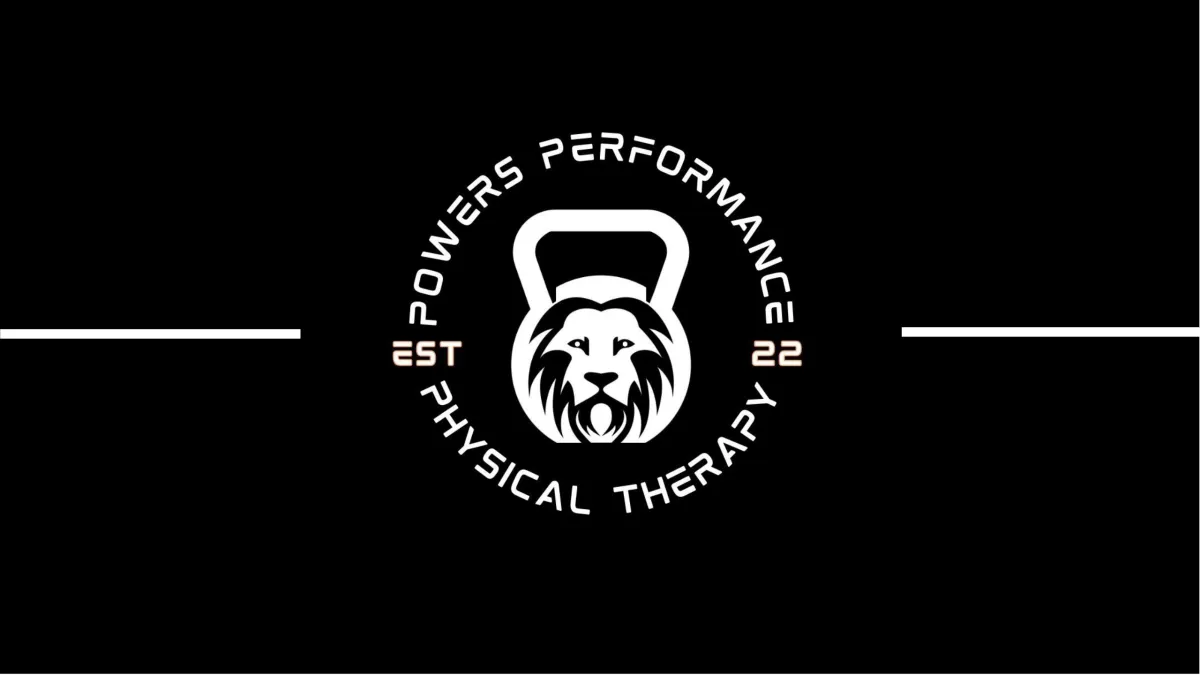
How One Injury Affects the Whole Body: The Domino Effect of Compensation & Why Expert Care Matters
How One Injury Affects the Whole Body:
The Domino Effect of Compensation & Why Expert Care Matters
Injuries are rarely isolated events. Whether it’s a sprained ankle, a torn ACL, or nagging shoulder pain, one injury can set off a chain reaction that impacts the rest of your body. At Powers Performance Physical Therapy (PPPT), we see it all the time—athletes and active adults coming in with what seems like a minor issue, only to discover that it has caused compensations leading to even bigger problems over time.
Ignoring an injury or receiving subpar treatment can result in muscle imbalances, joint dysfunction, chronic pain, and increased injury risk. This is why getting expert care from the start is critical. At PPPT, we don’t just treat symptoms—we address the root cause, ensuring your body stays strong, functional, and pain-free long-term.
How an Injury Affects the Rest of Your Body
The body is a connected system, not a collection of separate parts. When one area is injured, the rest of the body adapts, often in ways that lead to further issues. Here’s how that domino effect plays out:
Pain Changes Movement Patterns
•If you injure your ankle, your body naturally shifts weight to the opposite leg. Over time, this leads to hip and knee stress on the uninjured side, increasing the risk of overuse injuries.
•A shoulder injury might cause postural changes, leading to neck stiffness, mid-back tightness, or even lower back pain due to altered movement patterns.
Muscle Imbalances Develop
•An injured area often becomes weaker due to lack of use or improper loading while healing.
•Other muscles then overcompensate, leading to overuse, strain, and even atrophy (muscle loss) in certain areas.
•Example: If you have knee pain, you may start relying more on your hips or lower back, leading to strain and potential injury in those areas.
Joint Stress Increases
•When one joint is affected, others must work harder to maintain movement.
•Example: Foot and ankle injuries can lead to knee and hip pain, while shoulder injuries may contribute to elbow and wrist dysfunction.
•Without proper rehab, altered mechanics can lead to long-term wear and tear on joints.
Increased Risk of Further Injury
•When compensatory patterns go unchecked, small issues turn into bigger problems.
•A hamstring strain from poor running mechanics could eventually lead to chronic back pain or hip dysfunction if not addressed.
•An ACL tear that isn’t rehabbed properly can lead to early-onset arthritis, meniscus damage, or a second ACL tear due to instability.
Why Expert Care at PPPT Matters
At Powers Performance Physical Therapy, we treat the whole athlete—not just the injury.
Too often, we see people who have gone through insurance-based PT, been discharged too early, or been told their injury was “healed” before they were truly ready to return to full activity. The result? More injuries, setbacks, and frustration.
Because we are out of network, we can treat the entire body within one plan of care, without requiring multiple referrals or separate treatment plans for each body part.
Why This Matters
•Traditional insurance-based PT requires a separate plan of care and referral for every injured area, treating each issue in isolation. This leads to fragmented care, delayed recovery, and recurring problems.
•At PPPT, we address how one injury affects the entire system, ensuring full recovery and long-term injury prevention.
•We focus on optimizing movement and performance, so you don’t just heal—you come back stronger and more resilient.
Real Case Study: Stacy’s Shoulder Pain
Stacy, a competitive swimmer, spent two years going from provider to provider with shoulder pain that wouldn’t go away. She had MRIs, injections, and generic PT with little relief. She was even told she might need surgery, but no one could give her a real answer as to why she wasn’t improving.
When she came to PPPT, we quickly identified the real issue—Thoracic Outlet Syndrome (TOS). This condition occurs when nerves and blood vessels are compressed between the collarbone and first rib, causing pain, numbness, and weakness in the arm and shoulder.
Her shoulder wasn’t the real problem—her upper back and neck mechanics were.
Through manual therapy, mobility work, and a structured strength program, Stacy saw immediate improvements, and within weeks, her pain was gone. She was back in the water, training at full capacity—without the need for surgery or unnecessary interventions.
Her words?
“I spent months going to different providers, getting injections, and doing shoulder exercises that never really helped. The pain kept coming back, and no one could tell me why. At PPPT, they looked at my entire body, not just my shoulder, and within one session, I felt a difference. They found the real problem, treated it the right way, and I finally started making real progress. I only wish I had come here first!”
Are You Ignoring an Injury? Let’s Fix It Now.
If you’ve been dealing with an injury that just won’t go away or feel like your recovery has stalled, you need expert care before it leads to something worse.
Don’t waste time bouncing from provider to provider. We get it right the first time, treating you for the long term so you don’t have to keep coming back.
To your health,
Amy Powers & The Powers Performance PT Team

